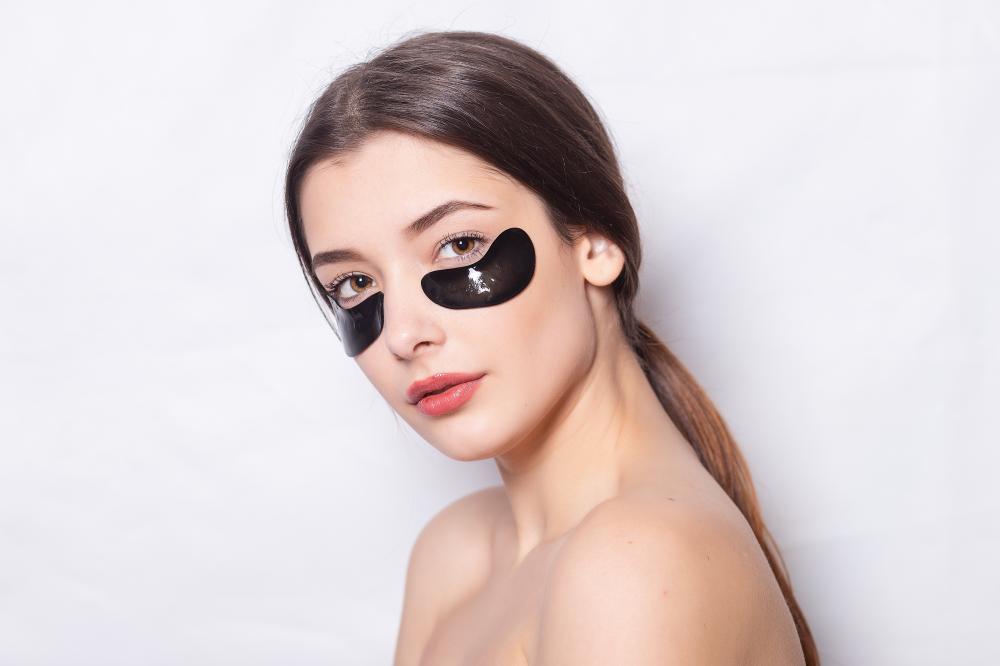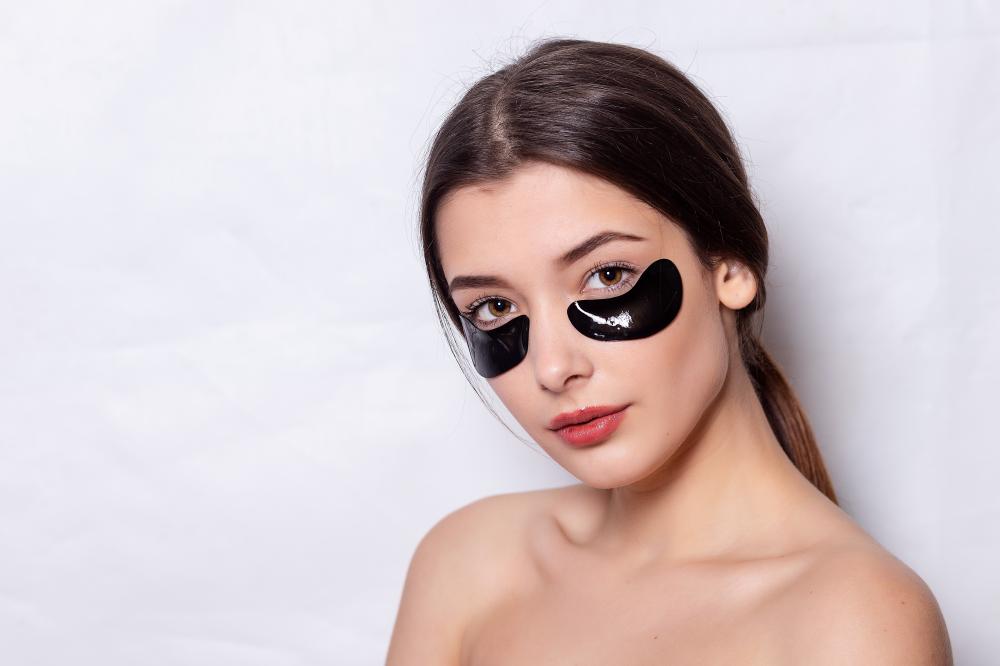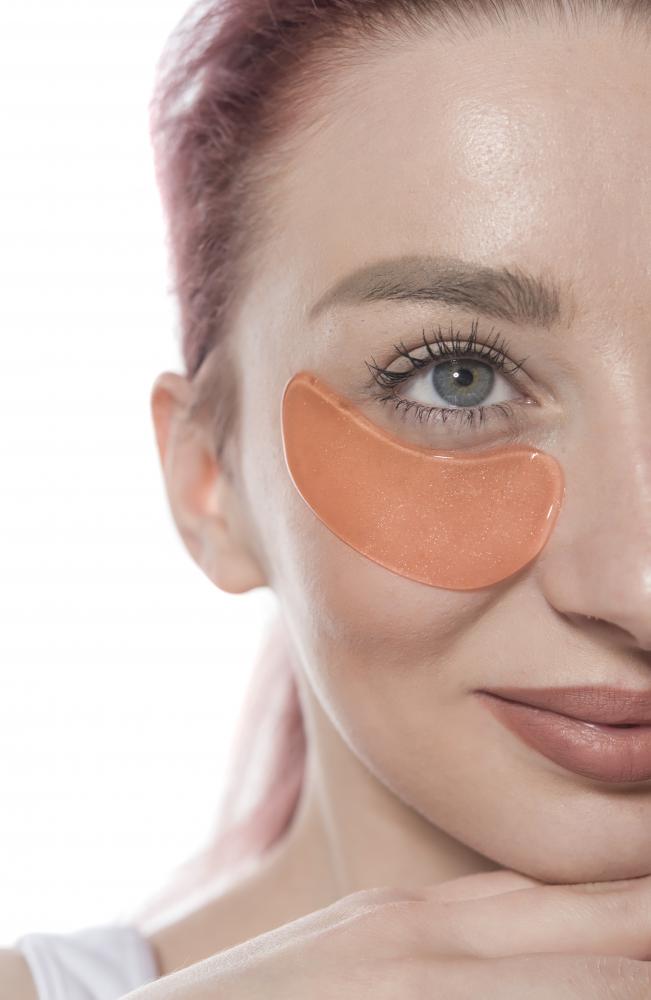Table of Contents
Understanding Lazy Eye

Lazy eye, clinically known as amblyopia, is more than just an eye that appears to be drifting away. It’s a developmental vision impairment where one eye doesn’t achieve normal visual acuity, despite the use of prescription eyeglasses or contact lenses. In essence, the brain, for some reason, doesn’t fully acknowledge the images seen by the amblyopic eye.
At Fresnel Prism, we’ve encountered numerous cases of amblyopia and understand the nuances of its impact on individuals. It’s not just a physical condition; it has emotional and psychological effects too. We’ve seen firsthand how it can affect one’s self-esteem, educational development, and even social interactions.
The Role of Eye Patches
One of the mainstays in lazy eye eye patch treatment is the occlusion therapy, where an eye patch is worn over the stronger eye. This encourages the brain to rely on the weaker eye, thereby strengthening it. It’s a journey of persistence and dedication that we at Fresnel Prism admire in each of our clients who embark on it.
Early Intervention
When it comes to lazy eye eye patch treatment, time is not just a healer; it’s also a crucial factor in the effectiveness of the treatment. The brain’s plasticity is highest during childhood, which means the sooner the intervention, the better the chance of improvement in vision. It’s like guiding a sapling as it grows, ensuring it stands straight and strong.
Personal Touch in Treatment
As every eye tells a story, each lazy eye eye patch treatment is unique. We’ve seen children whose worlds have opened up simply because their customized eye patch treatment allowed them to engage with the world around them more fully. Our role goes beyond providing a medical device; it’s about supporting a journey toward clearer vision and improved quality of life.
Customizing Treatment
At our Fresnel Prism facility, customization is not a buzzword; it’s our foundational practice. We understand that each individual’s experience with lazy eye eye patch treatment is deeply personal. As such, we craft each eye patch, not just for fit and comfort, but for motivation. From patches featuring superheroes to nature-inspired designs, we believe that a touch of personal preference can make all the difference in a child’s treatment journey.
Beyond the Patch
We often pair lazy eye eye patch treatment with other therapies to maximize outcomes. This could include vision therapy exercises designed to improve eye coordination and focusing abilities, which are akin to physical therapy for the eyes.

Furthermore, we leverage advanced technologies, such as virtual reality, to provide immersive and interactive environments where both eyes must work together, thus promoting stronger binocular vision. These technologies act as a bridge, turning treatment into an engaging experience.
Challenges and Solutions
Treatment isn’t without its challenges. Wearing an eye patch can be frustrating, especially for children. It could be disheartening when they don’t see immediate results, or when the patch becomes a social stigma. This is where the supportive role of caregivers and eye care professionals becomes paramount. We make it a point to equip them with the tools and knowledge to make this process smoother and more comfortable.
Nurturing Resilience
In my career working with lazy eye eye patch treatment, I’ve learned that resilience is as important as the treatment itself. Encouragement from family, and creating an understanding community, plays a huge role in a child’s progress. We celebrate every small victory with our clients, knowing that each one is a step towards better vision.
Emerging Treatments
As an organization at the forefront of optical innovation, Fresnel Prism is also excited about the future possibilities. The development of digital therapeutics, such as game-based treatments designed to train both eyes to work together, holds great promise. This represents a new frontier where passive treatments, like eye patches, blend with active engagement for superior outcomes.
Supporting Research
It’s not just about putting a patch on the eye; it’s about understanding the science behind lazy eye eye patch treatment. Our commitment to research and collaboration with leading eye care professionals allows us to be part of breakthrough findings and treatments. We’re currently supporting studies that explore how brain plasticity can be harnessed well into adulthood, providing hope for those who believed it was too late for treatment.
Success Stories
Every piece of feedback we receive from clients who have undergone lazy eye eye patch treatment is a testament to the transformative power of dedicated eye care. Parents share stories of children who, after consistent use of the eye patch, show remarkable improvement not just in vision but in their overall confidence and engagement with the world.
The Journey Continues
As we push the boundaries of what’s possible with lazy eye eye patch treatment, we remain committed to each individual’s journey. Our clients’ stories inspire us to keep innovating, ensuring that future generations have even more effective tools at their disposal to overcome amblyopia.
Conclusion
At Fresnel Prism, we understand that vision is more than just seeing–it’s about experiencing the world in its full splendor. Lazy eye eye patch treatment is a stepping stone towards that experience. With commitment, innovation, and a community approach to care, we’re making strides each day towards a future where every individual has the opportunity to see the world clearly and vividly.
Embarking on this journey with our clients has been a privilege, and each success story fuels our passion to continue our research and innovation in the field of optometry. As we look to the future, we are filled with hope and excitement for the new possibilities that await in the world of lazy eye eye patch treatment.

Can you fix a lazy eye with an eye patch?
At Fresnel Prism, we’ve seen numerous cases where an eye patch has been instrumental in treating amblyopia, or lazy eye. The eye patch works by occluding the stronger eye, compelling the brain to use the weaker eye more intensively. This can effectively “train” the lazy eye to develop better vision. While ‘fix’ might not be the term we use, as every case is unique, significant improvement is often achievable, particularly with early intervention and consistent use.
What is the fastest way to fix a lazy eye?
Speed is certainly of essence in treating amblyopia. The fastest approach is usually a combination of treatments, tailored to the individual’s needs, which often includes the use of an eye patch to encourage the weaker eye to work harder. In addition to patching, we may incorporate vision therapy exercises that focus on eye coordination and focusing skills, and sometimes even utilize advanced technologies like virtual reality to engage both eyes in a way that’s not only effective but also enjoyable.
How do you train a lazy eye with an eye patch?
Training a lazy eye with an eye patch involves careful and consistent usage of the patch over the stronger eye. This, in essence, forces the lazy eye to perform more visual tasks and thereby, over time, strengthen. The regimen can vary from a few hours each day to almost all waking hours, based on the individual’s specific situation. At Fresnel Prism, we often see children making remarkable progress as their brains adapt to rely more on the weaker eye.
When is it too late to treat lazy eye?
There’s a common belief that lazy eye can only be treated during childhood, but at Fresnel Prism, we are optimistic about extending this window of opportunity. While it’s true that the brain’s plasticity is highest in children, making early intervention most effective, we’re involved in research exploring how to stimulate plasticity in older patients. It’s never too late to seek an evaluation and explore the treatments that might be beneficial, even into adulthood.
How does customized treatment improve compliance in lazy eye therapy?
Compliance is a critical aspect of lazy eye therapy success. At Fresnel Prism, we believe in customizing treatments to boost not just the effectiveness but also the willingness of patients, especially children, to adhere to their regimen. By incorporating personal preferences into the design of eye patches, for example, we’ve noticed a significant increase in compliance. Children are more likely to wear their patch consistently if it features a beloved superhero or a favorite color, transforming what could be a stigmatizing experience into a point of pride.
What are the emerging treatments in amblyopia therapy?
The field of amblyopia therapy is on the cusp of exciting innovations. One emerging treatment we’re particularly enthusiastic about is digital therapeutics, including game-based treatments that are designed to encourage both eyes to work in tandem. This not only aids in developing binocular vision but also provides an engaging way for patients to participate in their treatment. We’re also exploring how virtual and augmented reality tools can create an immersive therapeutic environment that’s not just effective but also enjoyable for our patients.
Resources on Amblyopia (Lazy Eye)
- National Eye Institute (NEI): Explore comprehensive information about amblyopia, including symptoms, diagnosis, treatments, and current research. Amblyopia Resource
- Centers for Disease Control and Prevention (CDC): Discover the CDC’s insights on vision impairment and eye disorders, focusing on amblyopia and its impact on public health. Vision Health Initiative
- American Optometric Association (AOA): Find detailed information on the optometric treatment of amblyopia, including guidelines and clinical care recommendations. Amblyopia Overview
- American Academy of Ophthalmology (AAO): Access professional articles and patient-friendly resources on amblyopia, provided by a leading association of ophthalmologists. What is Amblyopia?
- Prevent Blindness: Learn more about the importance of early detection and treatment of lazy eye with resources from this patient advocacy organization. Amblyopia (Lazy Eye)
- MedlinePlus: Explore a diverse collection of resources including overviews, clinical trials, and research related to amblyopia, backed by the National Library of Medicine. Amblyopia Information
